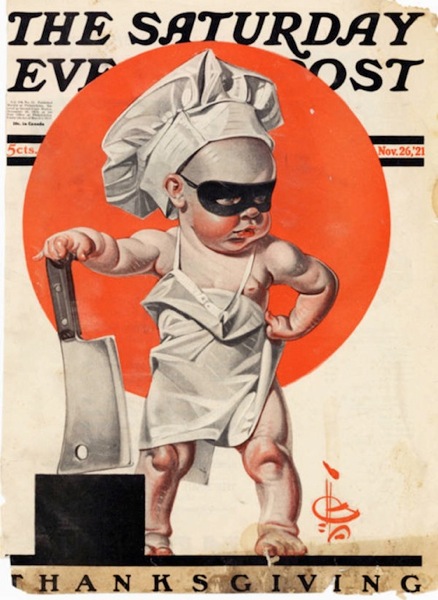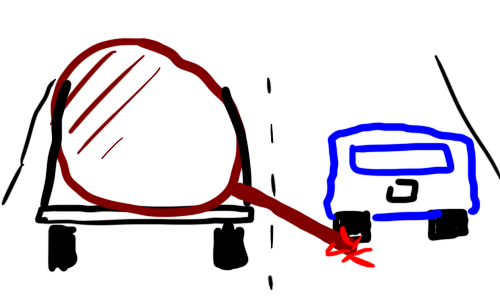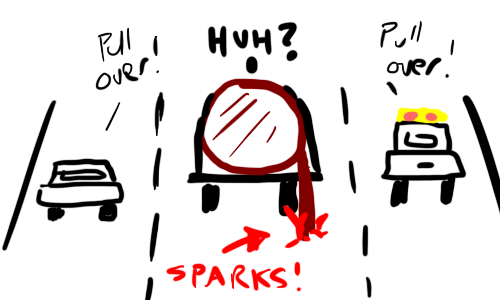Dad asked me (through Mom, via Facebook chat) about my current wish list. I hadn’t been paying much attention to wanting “stuff” lately. Prairie and I do most of our book shopping through second-hand outlets, and my (mostly complete) camera upgrade has done a masterful job of taking care of the majority of my technolust — a good thing, too, as that counts as my Christmas, birthday, and graduation presents combined!
But, as I’d hate to let my parents down, I took a little time to go through my Amazon wishlists to see what was sitting in there. After a bit of editing (removed some, added one or two items), here’s what I’ve ended up with, in rough order from most realistic (less expensive) to least realistic (but hey, that’s the “wish” part of wish lists…and who knows, maybe someone else will go for a major combination über-gift, you never know).
Wishlist #1: Print Media
Books and a few graphic novels. As usual for me, tilts heavily towards science fiction, though I do deviate from time to time.
Wishlist #2: Movies and Music
While I’m collecting far less physical media, there’s still a fair amount of good audio and video that’s not available digitally just yet.
Wishlist #3: Electronic Gadgets and Gizmos
Only two things on this list. The first is the Vestax Spin DJ Controller. While it’s been years since I’ve done much of anything related to DJing, it’s still a bug in my system, and I occasionally get the urge to dink around. Unfortunately, as I sold off my equipment a few years back, its not an itch that’s terribly easy to scratch. This would basically be an expensive toy…but a fun toy to be able to play with from time to time.
The second is the iPad 2. I’ve been lusting after an iPad since they were first released, and the recent upgrade just made them look even sweeter. I’m not terribly concerned about the capacity, wouldn’t mind the 3G option (though you definitely pay a premium for that), but given the choice, black is definitely the way to go. The white one just looks like a toy to me.
Wishlist #3: Photography Bits
And here’s where things are definitely slipping into the realm of “not very likely, but it’s fun to dream.” One accessory for the D7000, and eight lenses that I’d love to add to my stable.
-
Nikon MB-D11 Battery Pack: This is a combination battery pack and portrait grip for the D7000. In addition to allowing the D7000 to hold two batteries at a time, drastically increasing the time before a recharge is necessary, this also makes it more comfortable to hold the camera rotated 90° for portrait-orientation shots.
-
Rokinon 8mm f/3.5 Fisheye: Not really an everyday walkaround use-all-the-time lens, this is more of a special-purpose lens for dramatic effect shots. Manual focus only, but fisheye lenses tend to have a very deep depth of field, so that’s not a major concern, and omitting a focusing motor keeps the lens lighter and a little less expensive.
-
Nikkor 85mm f/1.8D: Considered by many to be the “perfect” portrait lens (well, perhaps the 85mm f/1.4 should get that designation) due to the medium-range focal length and low aperture.
-
Sigma 30mm f/1.4: A highly reviewed fast lens (good for low-light shooting) that, on an APS-C DSLR like my current D70s or the D7000, is very close to the old standard 50mm f/1.4 “normal” lens that many old film cameras came with.
-
Nikkor 70-300 f/4.5-5.6G: This is kind of a whim. While most of my shooting is more suited for primes (indoors, close to the subjects, often in lower light), there are times when having a decent zoom lens would come in handy. I have an acceptable midrange zoom (the Quantaray 55-200 f/4-5.6), but this lens has higher quality optics, a longer reach, and vibration reduction. Not at the top of my lust list, but wouldn’t mind having it available.
-
Nikkor 20mm f/2.8D: Not quite as wide of an aperture as the 30mm f/1.4 listed above, but a little bit wider. Again, not at the top of my lust list, as I already have a 24mm f/2.8, and this is only a little bit wider than that, but when shooting indoors, sometimes you can’t back up enough to get what you want in the frame, and even a little bit wider can come in handy.
-
Tamron 70-200 f/2.8: A lower-priced, worthy competitor to Nikon’s 70-200 f/2.8 fast zoom. The combination of a decent zoom range with the low f/2.8 aperture makes for a very capable distance portrait lens that’s able to use low depth of field to isolate subjects from a distance.
-
Nikkor 105mm f/2.8 Micro: While this is a nice length for a portrait lens, and I’ve seen it used as such, it’s real strength is in its macro capabilities. Perhaps more of a play lens than an everyday lens.
-
Nikkor 70-200 f/2.8: The higher-quality, and much higher-priced, version of the Tamron 70-200 f/2.8 listed earlier.




